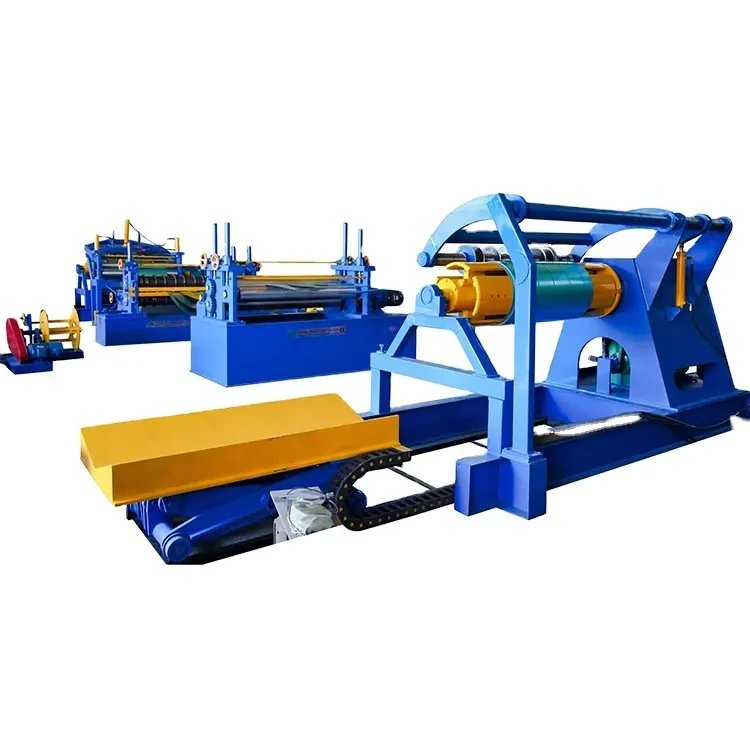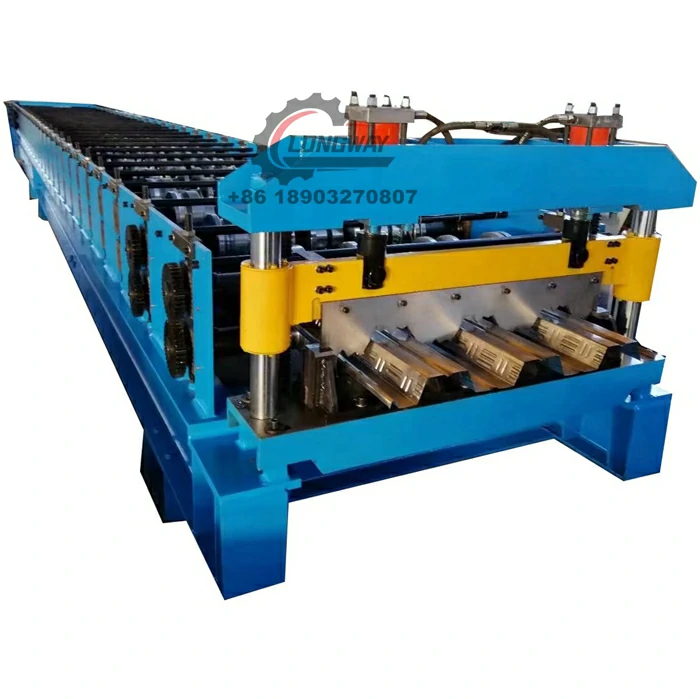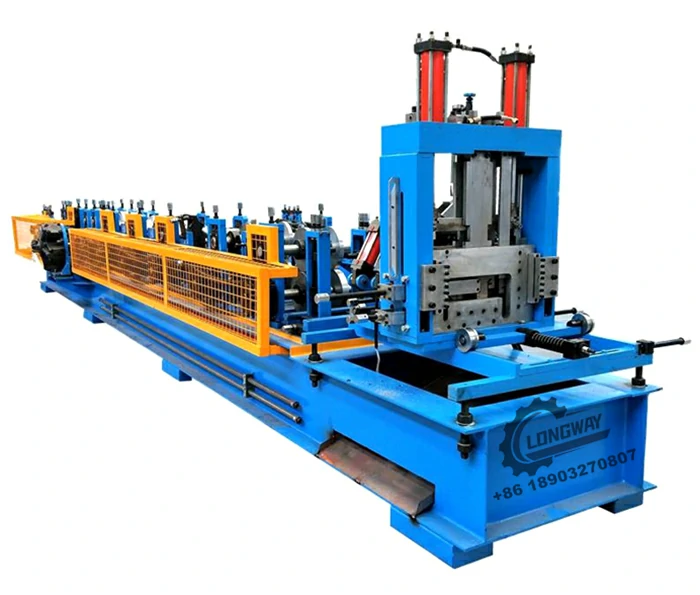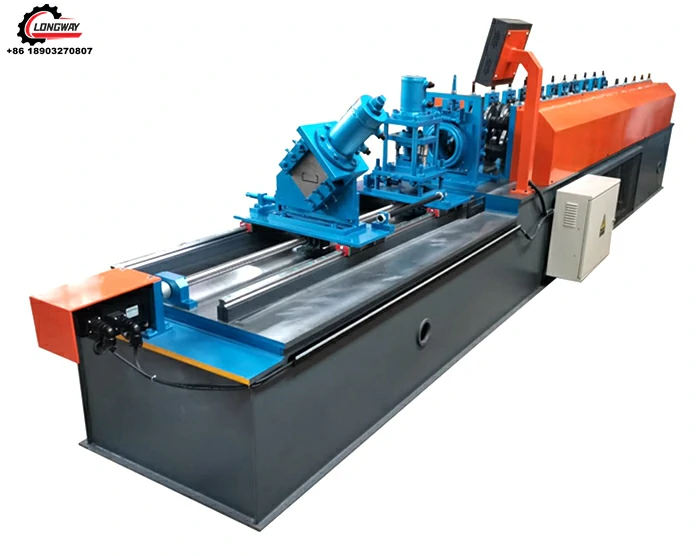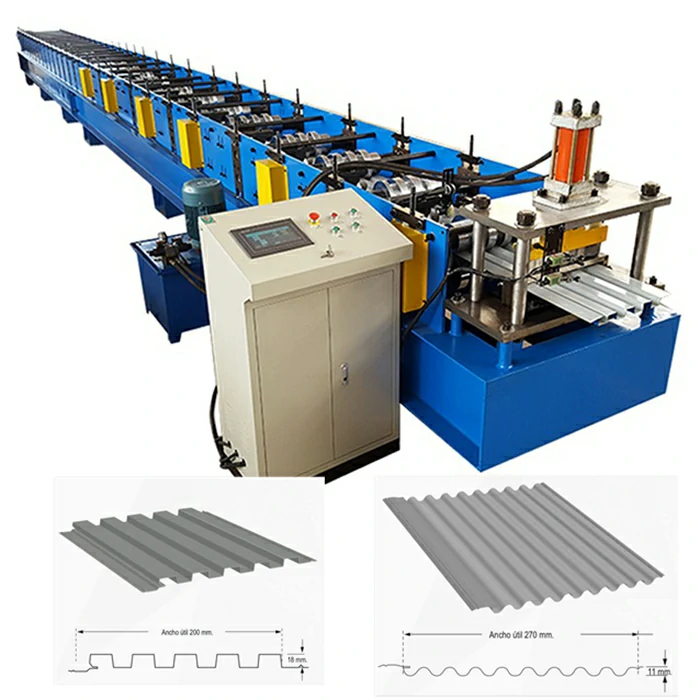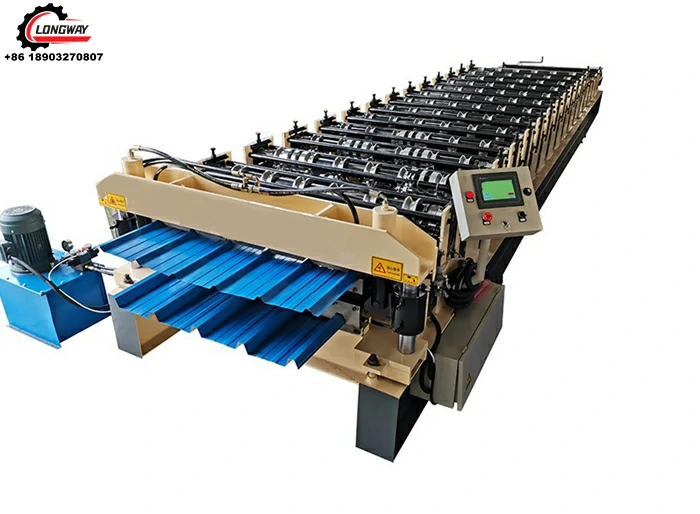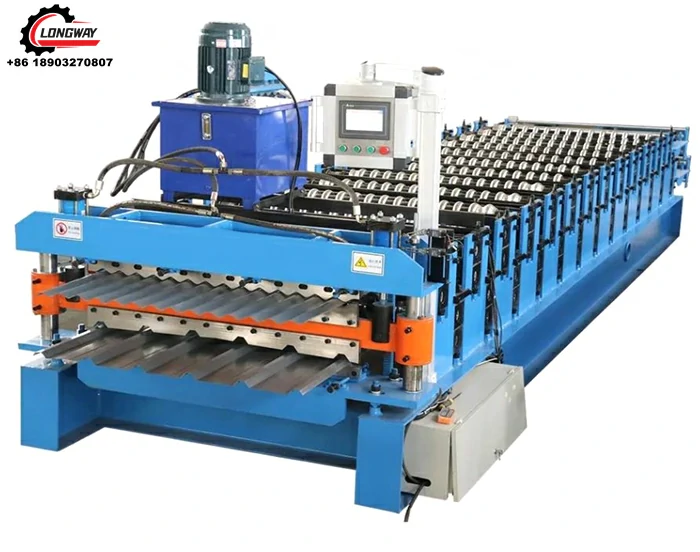3 Ribs Roof Panel Machine – High-Speed, PLC-Controlled
3 Ribs Roof Panel Machine – field notes from the shop floor
Roofing demand is changing faster than the weather. EPC contractors want speed, architects want crisp lines, and owners want lower lifetime costs. In that mix, the 3 Ribs Roof Panel Machine (often called a 3-rib trapezoid roll former) has quietly become the go-to for medium-span industrial and commercial roofs. I’ve visited lines in Hebei and Johor; the difference a stable decoiler and a properly crowned top roll makes is… not trivial.
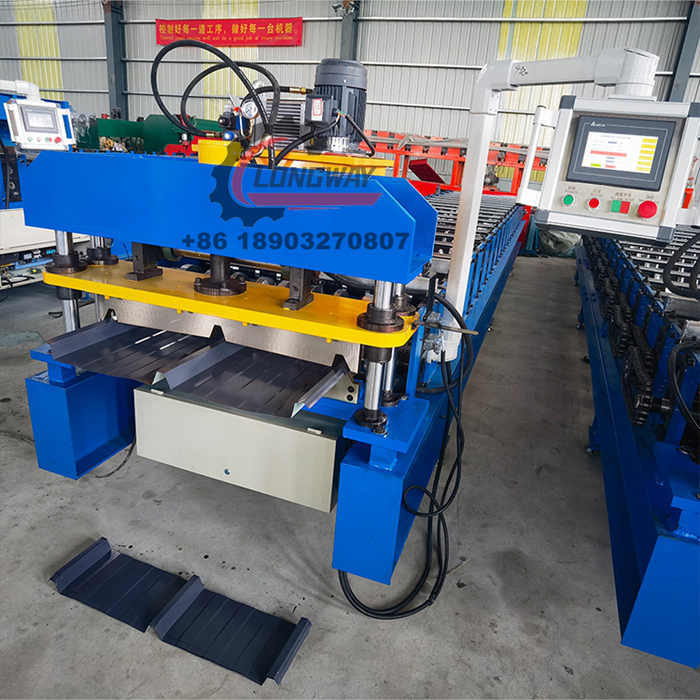
What’s trending
- Faster changeovers (profile swaps under 60 min).
- Wider coil compatibility: galvanized, galvalume, pre-painted, even aluminized in some cases.
- Smarter drives with encoder feedback to tame cumulative length errors. Surprisingly, many customers say accurate flying cut length is what sold them.
Core specifications (typical build)
| Input coil width | ≈ 914–1220 mm (custom upon request) |
| Material/thickness | GI/GL/PPGI 0.3–0.8 mm (real-world use may vary with yield strength) |
| Forming stations | 12–18 stands (quenched 45# or Cr12 rollers) |
| Line speed | 12–18 m/min (≈ 8 m/min with embossing) |
| Drive/control | Chain or gearbox drive; PLC+HMI (Siemens/Delta options), encoder length control |
| Cutting | Hydraulic post-cut, Cr12MoV blades, burr ≤ 0.2 mm (typ.) |
| Dimensional tolerance | Length ±1.0 mm/pcs around 3 m; rib height ±0.5 mm |
| Service life | 10–15 years with standard maintenance |
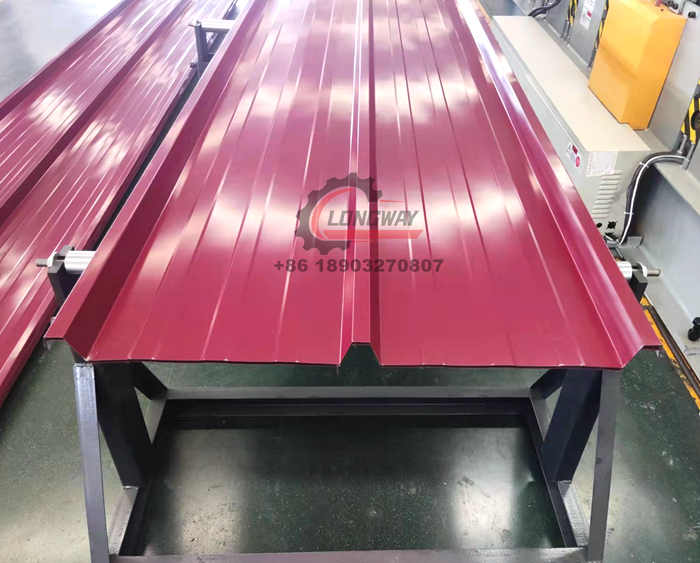
Process flow and quality checks
- Materials: ASTM A653 GI or AZ-coated steel; paint to RAL per project. Yield strength 235–550 MPa.
- Method: decoiling → leveling → guided roll forming → encoder-tracked flying cut → runout stacking.
- Testing: coil certs verified to ASTM A653; salt-spray on coated samples per ASTM B117 (500–1000 h typical); T-bend and pencil hardness on PPGI; electrical safety to IEC 60204-1; factory acceptance with 50–100 pcs sample run.
- Service: spare blade set, training, and a start-up checklist (torque, chain tension, lube points).
Application scenarios and advantages
Warehouses, agro sheds, schools, and quick-build retail. The 3 Ribs Roof Panel Machine hits that sweet spot between stiffness and material economy. Rib geometry resists oil-canning; installers like the predictable side-lap. To be honest, the payback often comes from reduced scrap—tight guiding reduces edge wander.
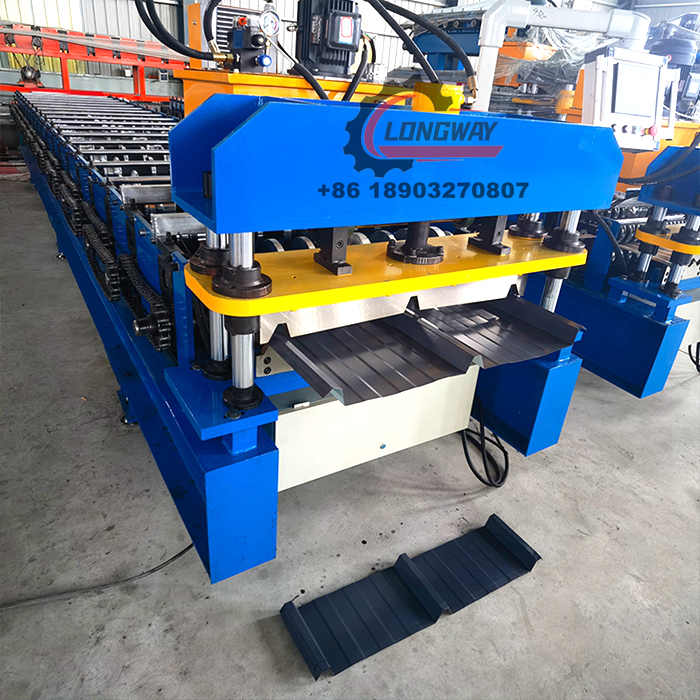
Vendor snapshot (real-world buying factors)
| Vendor | Origin | Lead time | Warranty | Certs | Support |
|---|---|---|---|---|---|
| LW Roll Forming Machine | Shibawuxing Village, Bo Town, Cangzhou, Hebei | ≈ 25–35 days | 12 months (typ.) | ISO/CE docs on request | On-site commissioning + remote |
| Regional Integrator | Local assembly | 30–45 days | 6–12 months | Varies | Phone/email, parts stock nearby |
| EU Brand | EU | 45–60 days | 12–24 months | CE/ISO standard | Comprehensive SLA |
Customization and field feedback
Options: rib height 18–30 mm, anti-capillary groove, minor embossing, beading at pan, coil car, hydraulic decoiler, stacker. One contractor told me, “We thought speed mattered most, but length accuracy cut rework by half.” Another noted quieter operation after switching to gearbox drive.
Mini case notes
- Logistics hub, Gulf region: PPGI 0.45 mm, 15 m/min, ±0.8 mm length over 6 m panels; crew finished a 6,000 m² roof ahead of schedule.
- Farm sheds, Southeast Asia: GL 0.5 mm, anti-condensation felt; machine ran 10 hours/day for 3 months, only blade sharpening needed. Not flashy, just reliable.

Buying checklist
- Ask for test run videos with your coil spec.
- Verify standards alignment (ASTM A653/AZ coatings; electrical per IEC 60204-1).
- Confirm spare parts list and blade material (Cr12MoV is worth it).
- Get calibration and maintenance schedules in writing.
Citations
- ASTM A653/A653M – Standard Specification for Steel Sheet, Zinc-Coated (Galvanized), ASTM International.
- ASTM B117 – Standard Practice for Operating Salt Spray (Fog) Apparatus, ASTM International.
- IEC 60204-1 – Safety of machinery – Electrical equipment of machines, IEC.
- ISO 9001:2015 – Quality management systems, ISO.
-
Corrugated iron roofing sheet making machine with CE, AutoNewsNov.17, 2025
-
3mm Steel C U Channel Roll Forming Machine, Heavy DutyNewsNov.17, 2025
-
Calamima Micro Ondulada corrugated roof sheet machine - CNCNewsNov.17, 2025
-
Metal Roofing Roll Former for Sale Companies - Fast, PreciseNewsNov.17, 2025
-
Drywall Steel L Angle Bar forming machine | Fast, PreciseNewsNov.17, 2025
-
Corrugated Iron Roofing Sheet Making Machine, Fast & DurableNewsNov.11, 2025
-
Corrugated Metal Roofing Machine | High-Speed, Precise, CENewsNov.11, 2025
